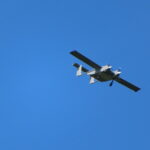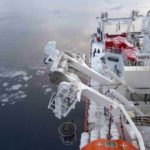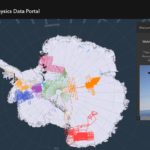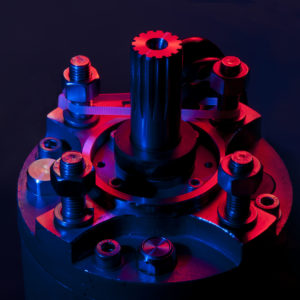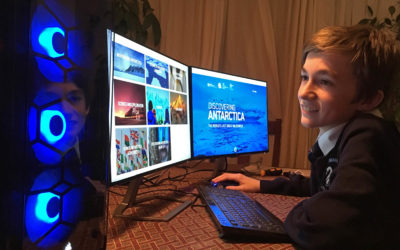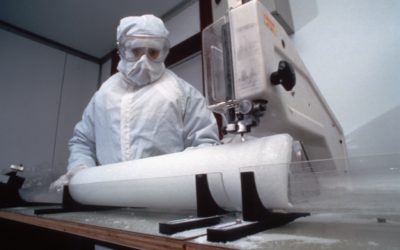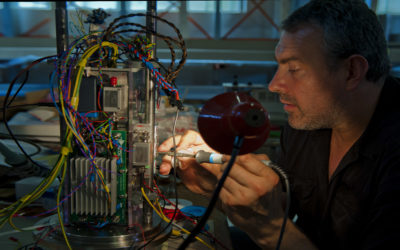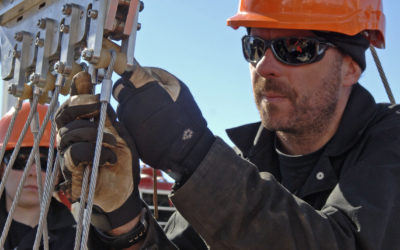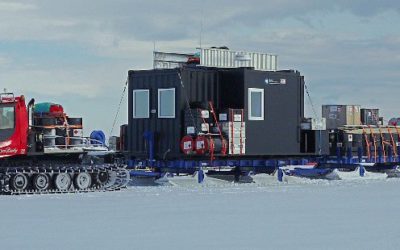The Antarctic Marine Engineering Team is responsible for providing engineering support and expertise in the design, development, manufacture and support of equipment used to conduct BAS research. Disciplines include electronic, mechanical, software and communications engineering.
The team’s main function is to develop systems for science data acquisition purposes. The requirements of these systems are often quite diverse and usually unique in their design. Much of the equipment is specially developed and is application specific. However, the group has developed equipment that has applications in other areas and where practical this technology has been utilised on other programmes.
The group provides support during many science programmes and has key responsibilities for marine science cruises and airborne survey work. Coupled with this is a requirement to provide engineering support in areas such as communications and systems monitoring.
The team has a very wide remit at BAS and is dedicated to providing a high quality engineering service to its users, whilst maintaining quality, flexibility and efficiency.

Engineering Advisor

Head of Airborne Survey Technology

Head of AME Mechanical Engineering

Mechanical Engineer

Drilling Engineer/Marine Tech

Electronics Engineer

Head of Electronics Services

Electronics Engineer

PhD Student Adaptations

Head of Eng Tech
31 October, 2023
Polar science could reach new heights as researchers prepare to test the new Windracers ULTRA autonomous drone in Antarctica this season. A new, state-of-the-art autonomous drone capable of carrying a …
9 March, 2018 by
Carwyn Davies
Mechanical engineer Carwyn Davies, from British Antarctic Survey’s Antarctic Marine Engineering (AME) is working onboard the RRS James Clark Ross with our science team to investigate Larsen C Benthos. Find …
16 February, 2023 by Catrin Thomas, David Vaughan, James Smith, James Wake, Keith Makinson, Keith Nicholls, Paul Anker, Peter Davis, Catrin Thomas
Thwaites Glacier represents 15% of the ice discharge from the West Antarctic Ice Sheet and influences a wider catchment. Because it is grounded below sea level, Thwaites Glacier is thought…
Read more on Heterogeneous melting near the Thwaites Glacier grounding line
25 July, 2022 by Alice Fremand, Carl Robinson, David Vaughan, Fausto Ferraccioli, Hugh Corr, Helen Peat, Julien Bodart, Tom Jordan
Over the past 50 years, the British Antarctic Survey (BAS) has been one of the major acquirers of aerogeophysical data over Antarctica, providing scientists with gravity, magnetic, and radar datasets…
Read more on British Antarctic Survey’s aerogeophysical data: releasing 25 years of airborne gravity, magnetic, and radar datasets over Antarctica
